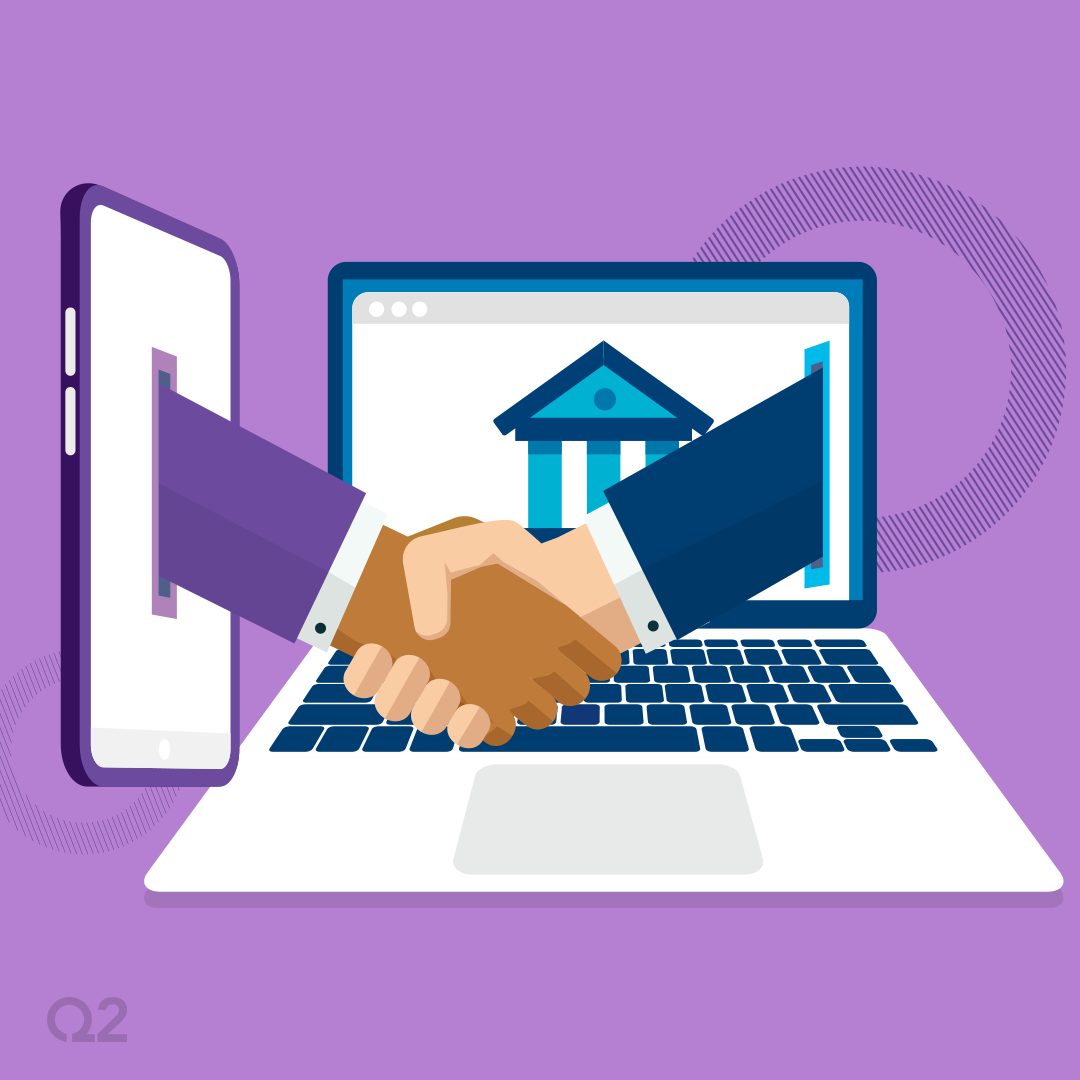Today, companies have the power to target potential customers with solutions that solve their specific problems. This capability represents a major shift in financial services — until recently, a "one-size-fits-all" approach has dominated mainstream consumer banking.
It’s not that banks haven’t wanted to serve different types of consumers in unique ways — it’s that they haven’t had the financial incentives nor the expertise to do so. Building highly bespoke consumer financial applications requires deep technology and design experience, and most banks tended to focus their expertise on risk, compliance, fraud management, accounting, and other areas. This adds up — since banks’ main revenue drivers were SMB and commercial loans, consumers were seen primarily as a “cost of deposits,” especially since legacy core technology made it difficult to serve many consumers profitably, let alone build customized solutions for them. Today, however, step changes in both technology capabilities and business models have put customers at the center of the product design process.
How is the customer taking priority? Jonathan Price, Q2’s executive vice president of emerging businesses, corporate and business development, recently discussed this subject at Tearsheet's Embedded Conference.
In his talk, Building an embedded ecosystem: Bringing consumers, banks, and fintechs together, Price emphasized how the emergence of banking as a service (BaaS) and marketplace solutions is allowing fintechs and FIs to focus on the functions they’re best at.
Case #1: Focusing on one’s strengths to deliver user-first solutions
Traditionally, FIs developed financial products themselves or customized their products using options on existing financial platforms. While FIs have deep experience in customer relationship management, compliance and regulation, and risk and fraud, most aren’t staffed to be product-first organizations — in large part because they didn’t need to be in the previous paradigm of “one-size-fits-all” banking. Often, their products worked well (enough) for the FI, but didn’t necessarily solve for key user problems or meet today’s sky-high standards for user experience. Consequently, these products had low adoption rates.
Cue fintechs — lean and packed with engineers and product experts who obsess over the user experience. Thanks to BaaS, a system that divides banking service responsibilities (for instance: accounts, debit cards, and regulatory compliance) between an FI and a non-FI company, such as a fintech, these product experts can focus on design while partnering with an FI to handle regulatory matters. This division of duties works because fintechs have the agility to work as “anthropologists”: studying consumers, identifying specific needs, and building suitable products at a rapid pace. Because different consumer segments have vastly different needs, it makes more sense for fintechs to build targeted products than for an FI to create sweeping solutions for every account holder. With FIs focused on fraud and compliance, each party contributes according to its strengths.
Q2 brings FIs and fintechs together by providing flexible core infrastructure, upon which fintechs can build scalable products. “Number one is scalability,” said Price. “As we grow the core platform to north of [ten million users] … [fintechs] have to have trust in the scalability of the platform.” That’s because scalability is what allows a fintech to develop a viable business. However, when fintechs partner directly with FIs, it can take a year or more to get their product into users’ hands — that’s far too long to develop and scale a product. Therefore, fintechs need technological infrastructure that’s connected, yet discrete, from the FI that handles their regulatory compliance and FDIC insurance. This is where CorePro, Q2’s cloud-based core platform, comes into play: it allows fintechs to build a scalable product in a contemporary technological environment while avoiding the challenges of direct partnership or the hassle of seeking a bank charter.
Case #2: An app store within your digital banking platform
Separate from Q2 BaaS, Q2 Marketplace enables FIs to excel as experts in customer relationship management. Fintechs build products targeted to specific customer needs, integrate them with many FIs at once using Q2's API, and then offer their product directly to consumers via a modern e-commerce experience that lives within the Q2 digital banking platform. Like Q2 BaaS, this system empowers each party to do what it’s good at while orienting the entire experience around the consumer.
Integrating banks, people, and technology for the benefit of all
As the facilitators of this "do what you're best at" process, it's imperative that Q2 be a master of integration. Connecting entities across multiple levels of operation is complicated stuff! Fortunately, Q2 has more than a decade of experience in integrating FIs with its digital banking platform via the Q2 Software Development Kit (SDK) — and that’s before we even touched BaaS or developed a marketplace. This deep experience has allowed us to hit the ground sprinting and offer hungry fintechs an excellent integration ecosystem for developing products that customers need and that scale with them as they grow.
In addition to providing a simple-yet-sophisticated system of integration, it’s essential for Q2 to foster strong relationships between FIs and fintechs. An FI must understand its partner fintechs’ businesses, and fintechs must be able to switch FIs without losing progress if the relationship is no longer working (after a period of growth, for instance). With Q2's vast partnership network, this is more than a possibility — it’s an important factor in why fintechs choose to work with Q2. In addition to us preselecting bank partners with expertise in areas important to most fintechs, such as high-volume onboarding and card processing, we also match each fintech to a bank partner that’s aligned with its specific product offering and strategic mission. These vital relationship elements maximize growth and technological development for both parties.
Visit Q2 BaaS and Q2 Marketplace to learn more about how we leverage the power of partnership to help bring truly customer-centric products to market.





